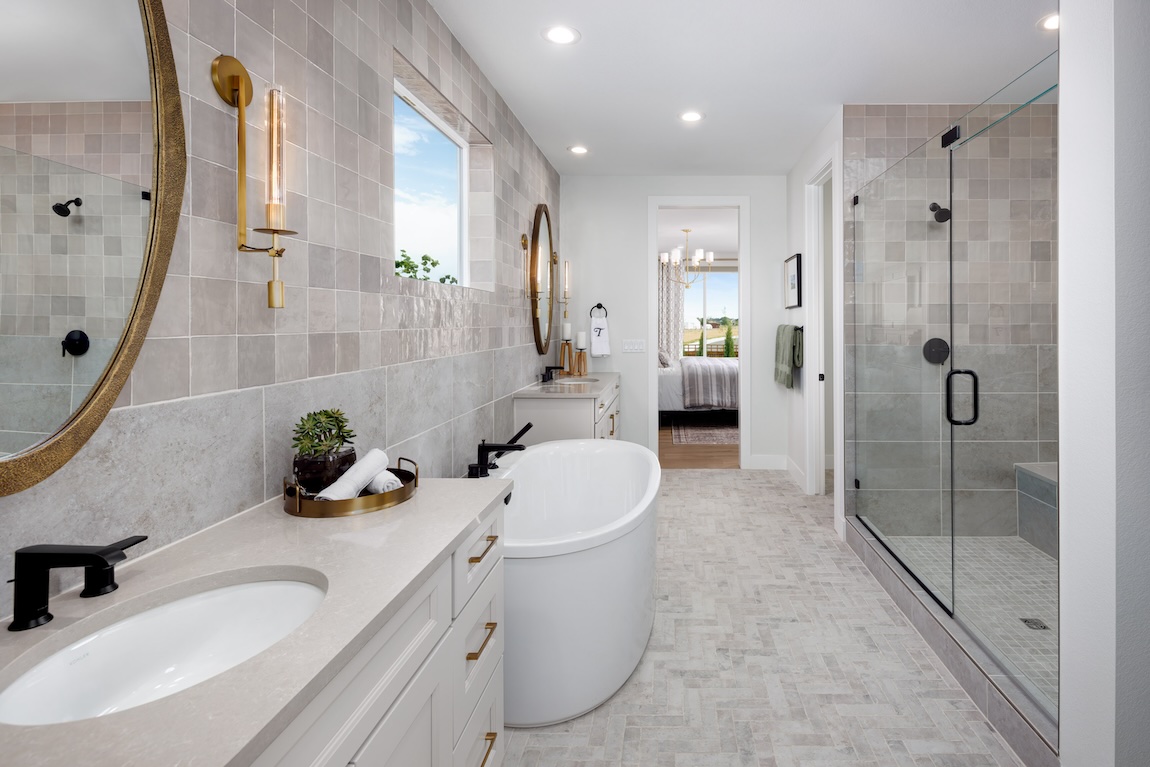
Innovations in Sustainable Plumbing for a Greener Future
Share
In a world increasingly conscious of environmental impact, the need for innovations in sustainable plumbing has never been more pressing. As tech professionals and enthusiasts, understanding the latest advances in plumbing technology can help you make informed decisions that contribute to a more sustainable future. This article explores the cutting-edge developments in sustainable plumbing that are shaping the industry today.

The Importance of Sustainable Plumbing
Water conservation is at the heart of sustainable plumbing. With climate change affecting water supplies worldwide, innovative plumbing solutions are crucial for reducing water waste and promoting efficiency. By adopting these technologies, we can significantly lower water consumption and minimize the environmental footprint of residential and commercial buildings.
Smart Technologies Revolutionizing Plumbing
Smart plumbing technologies are leading the charge in revolutionizing water management. From intelligent leak detectors to water-efficient fixtures, these innovations not only save water but also enhance user experience. For instance, smart toilets can significantly reduce water usage by optimizing flush cycles. To learn more about smart water-saving toilet technology, you can visit an informative article on Smart Water-Saving Toilets.
Smart Water Sensors
One of the most significant advancements in sustainable plumbing is the development of smart water sensors. These devices monitor water usage in real-time, allowing users to detect leaks and inefficiencies instantly. By providing actionable insights, smart water sensors empower homeowners and businesses to conserve water and reduce costs. For more on how smart toilets contribute to water conservation, see Smart Toilets in Conservation.
Water-Efficient Fixtures
Water-efficient fixtures, such as low-flow faucets and showerheads, are becoming standard in modern plumbing systems. These fixtures are designed to maintain performance while using significantly less water. Innovations in aeration technology have made it possible to reduce water flow without sacrificing pressure or comfort. For a deeper dive into these standards, check out Toilet Regulations.
Green Materials in Plumbing
Beyond technology, the materials used in plumbing systems play a crucial role in sustainability. The shift towards eco-friendly materials is reducing the environmental impact of plumbing installations. Recycled and sustainable materials are being used to create pipes, fittings, and fixtures that are both durable and environmentally friendly.
Recycled and Biodegradable Pipes
Recycled plastics and biodegradable materials are being increasingly used in the production of plumbing pipes. These materials offer durability while minimizing waste and pollution. The adoption of such materials is a testament to the industry's commitment to eco-friendliness and resource conservation.
Non-Toxic Sealants and Adhesives
Traditional plumbing often relies on chemicals that can be harmful to the environment. However, innovations in sustainable plumbing have led to the development of non-toxic sealants and adhesives. These products reduce the release of volatile organic compounds (VOCs) and enhance indoor air quality, making them safer for both people and the planet.
The Future of Sustainable Plumbing
The future of sustainable plumbing is bright, with ongoing research and development paving the way for even more advanced solutions. As technology continues to evolve, we can expect to see greater integration of smart systems that automate water management and further reduce environmental impact. For more insights into eco-conscious toilet designs, visit Eco-Conscious Toilet Designs.
Integrated Water Management Systems
Future plumbing systems will likely feature integrated management systems that optimize water usage throughout entire buildings. These systems will use data analytics to tailor water consumption to the specific needs of each room and occupant, ensuring maximum efficiency.
Renewable Energy Integration
An exciting trend in sustainable plumbing is the integration of renewable energy sources. Solar-powered water heaters and pumps are becoming more common, providing an eco-friendly alternative to traditional energy-intensive systems. This shift not only reduces carbon emissions but also lowers energy costs for consumers.
Conclusion
Innovations in sustainable plumbing are transforming the way we use and conserve water. By embracing these advancements, tech professionals and enthusiasts can lead the charge in creating a more sustainable future. Whether it's through smart technologies, eco-friendly materials, or renewable energy integration, the plumbing industry is at the forefront of the green revolution. For practical tips on conserving water with existing systems, check out this guide on Conserving Water with Existing Systems.

FAQs on Innovations in Sustainable Plumbing
What are smart water-saving technologies?
Smart water-saving technologies include devices such as intelligent leak detectors, smart toilets, and water-efficient fixtures that optimize water usage and reduce waste.
How do eco-friendly plumbing materials contribute to sustainability?
Eco-friendly plumbing materials, such as recycled plastics and biodegradable pipes, reduce environmental impact by minimizing waste and pollution.
What is the future of sustainable plumbing?
The future of sustainable plumbing involves advancements in integrated water management systems and renewable energy integration, leading to more efficient and eco-friendly water usage.
This article contains affiliate links. We may earn a commission at no extra cost to you.
